Contact Info
133 East Esplanade Ave, North Vancouver, Canada
Expansive data I/O tools
Extensive data management tools
Dataset analysis tools
Extensive data management tools
Data generation tools to increase yields
Top of the line hardware available 24/7
AIEX Deep Learning platform provides you with all the tools necessary for a complete Deep Learning workflow. Everything from data management tools to model traininng and finally deploying the trained models. You can easily transform your visual inspections using the trained models and save on tima and money, increase accuracy and speed.
High-end hardware for real-time 24/7 inferences
transformation in automotive industry
Discover how AI is helping shape the future
Cutting edge, 24/7 on premise inspections
See how AI helps us build safer workspaces

Rapid urbanization, modernization, and technological advancements have brought about many benefits, but also pose significant challenges such as traffic congestion, urban pollution, and high fuel consumption. Traffic jams alone cause people to lose 54 hours per year, according to a study [1]. Traditional methods of traffic management have proven to be inadequate in addressing these challenges.
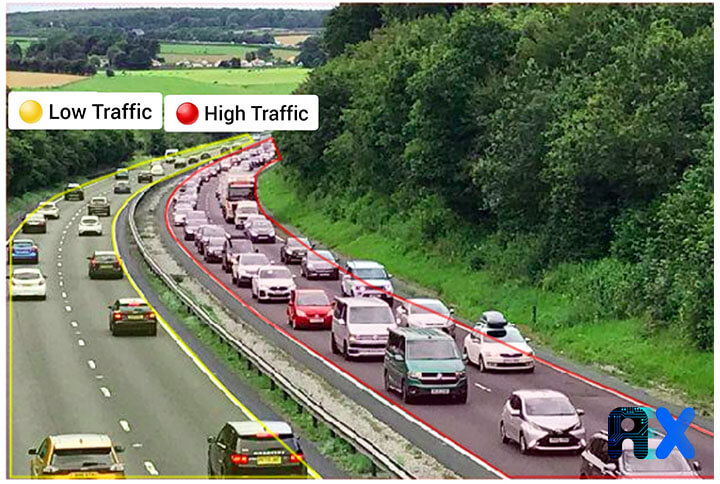
Smart cities, as a new paradigm of urban development, offer a solution by leveraging information and communication technology, digital solutions, and the Internet of Things (IoT) to manage and perform services in a more efficient manner. In this article, we will examine the role of AI in traffic management and how it can be used to solve traffic problems. We will also complete a case study to demonstrate how AI can be used to detect traffic intensity.
Artificial Intelligence (AI) has become an integral part of our daily lives, making everything more efficient and convenient. One of the reasons AI can be applied to various domains is its ability to learn from different types of data and create solutions tailored to specific needs.
Currently, traffic management is carried out by control room officers with the help of surveillance cameras and sensors, which include manual processes and require specific hardware. However, AI can accurately analyze data gathered from a large number of sources such as cameras, sensors, or radars in real time and provide insights into traffic flows, vehicle speeds, accidents, or any other road situations.
An intelligent traffic management system, powered by AI, can improve road traffic discipline and accelerate traffic movements. It can also detect red light violations, speed violations, or mobile phone usage while driving, leading to safer driving and reducing human errors and accidents.
AI has the potential to revolutionize the way we manage and control traffic in our cities. One of the key AI fields that is being used in traffic management is Computer Vision. It enables computers to analyze and understand visual data, such as images and videos, and extract valuable insights. Computer vision algorithms can be used to process images and videos captured by cameras installed on the roads, enabling accurate detection of vehicles, pedestrians, traffic lights, and other objects at different locations. In this section, we will review some of the most important applications of computer vision in traffic management, and how they can help improve the flow of traffic and increase road safety.
The main objective of traffic lights is to facilitate the flow of vehicles and pedestrians. In the past, traffic lights were controlled using timers, regardless of traffic conditions. However, this method is only effective when traffic is consistent. In cases of unpredictable traffic, other methods such as sensors, lasers, or detectors called inductive loops, which include a coil of wire installed under the asphalt, are used. These methods are complex and require a large amount of hardware.
Computer vision, on the other hand, enables more efficient analysis of traffic flow. As shown in Figure 2, vehicles and pedestrians are detected and counted, providing an estimate of traffic density. By tracking traffic flows, identifying bottlenecks, peak hours, and waiting time duration, AI-based systems provide necessary insights for urban planners and play an important role in decision-making. One of the most important use cases of AI in traffic is automatically and intelligently adjusting traffic lights in real-time and based on traffic conditions.

As the number of cars on the road continues to increase, so does the number of violations such as speed violations, signal jump violations, or using the phone while driving. These violations contribute to more accidents and make the roads unsafe. Currently, the most common solution to identify and record violations is to use speed and traffic light cameras. Speed cameras use sensors, radar (Doppler effect), and lasers (time of flight). Traffic light cameras are triggered by sensors installed on the road, and some sensors can also detect mobile phone usage. However, having officers present at all times to detect other violations is not always feasible.
AI offers a more efficient and cost-effective solution for violation detection. One of the key advantages of using AI is that it allows for the use of existing cameras, eliminating the need for additional sensors. This not only reduces costs but also allows for the simultaneous detection of various violations.
Using computer vision algorithms, AI-based systems can detect and track vehicles, and calculate their speed by analyzing video footage in real-time. As depicted in Figure 3, vehicles are detected and tracked by a computer vision algorithm and their speed is calculated, using timestamps recorded when the vehicle reaches two reference lines and the formula velocity = distance / time. If a vehicle exceeds the speed limit, its information is recorded with the help of Automatic License Plate Recognition (ALPR).
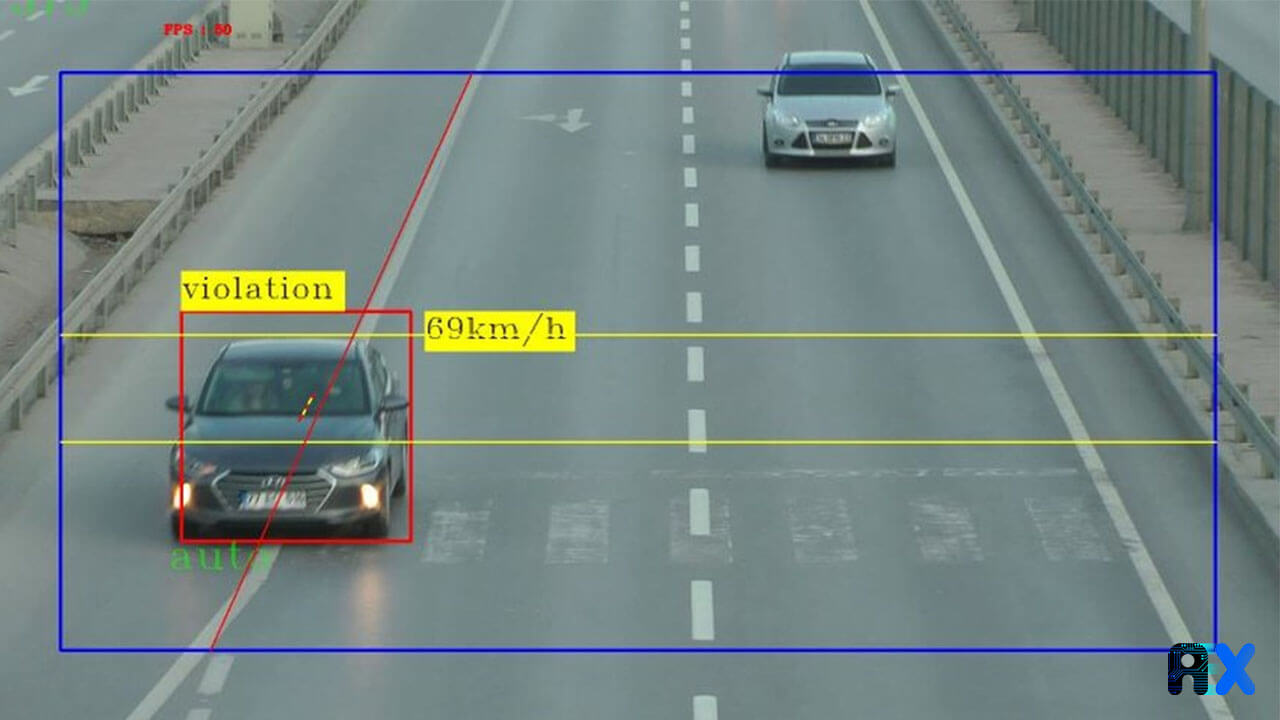
Improper road conditions such as potholes or asphalt indentations can cause significant wear and tear on vehicles, resulting in high repair costs. Computer vision can now help to maintain and develop urban infrastructures by accurately detecting defects in asphalt or concrete. As depicted in Figure 4, computer vision can be used to detect cracks in asphalt, which can then be used to prioritize repairs and improve road safety. This also helps in reducing maintenance costs and improving infrastructure longevity.
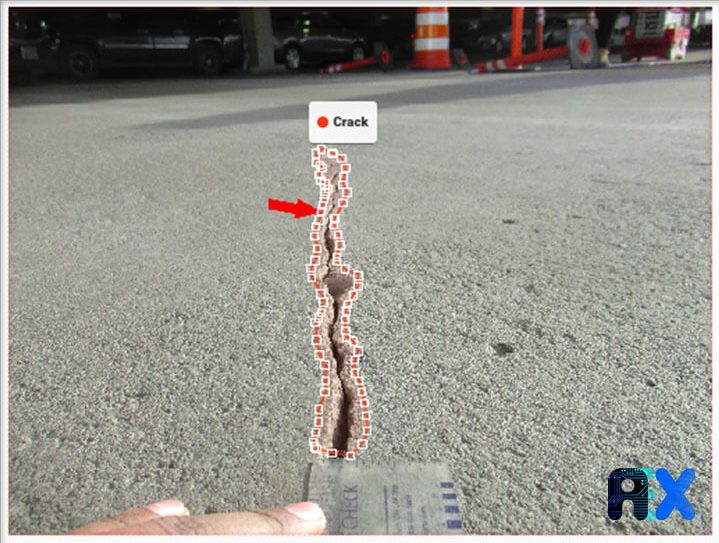
To illustrate the potential of AI in traffic management, we will review a case study in which we use the AIEX platform to detect road traffic intensity.
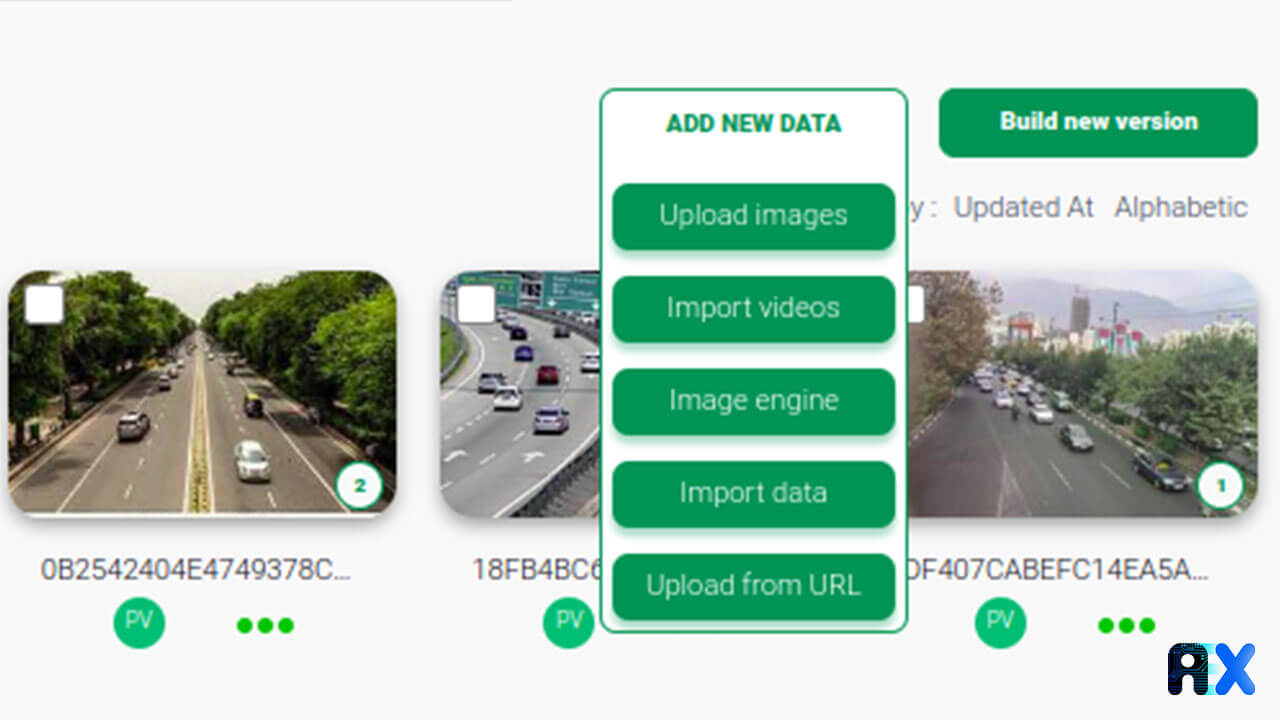
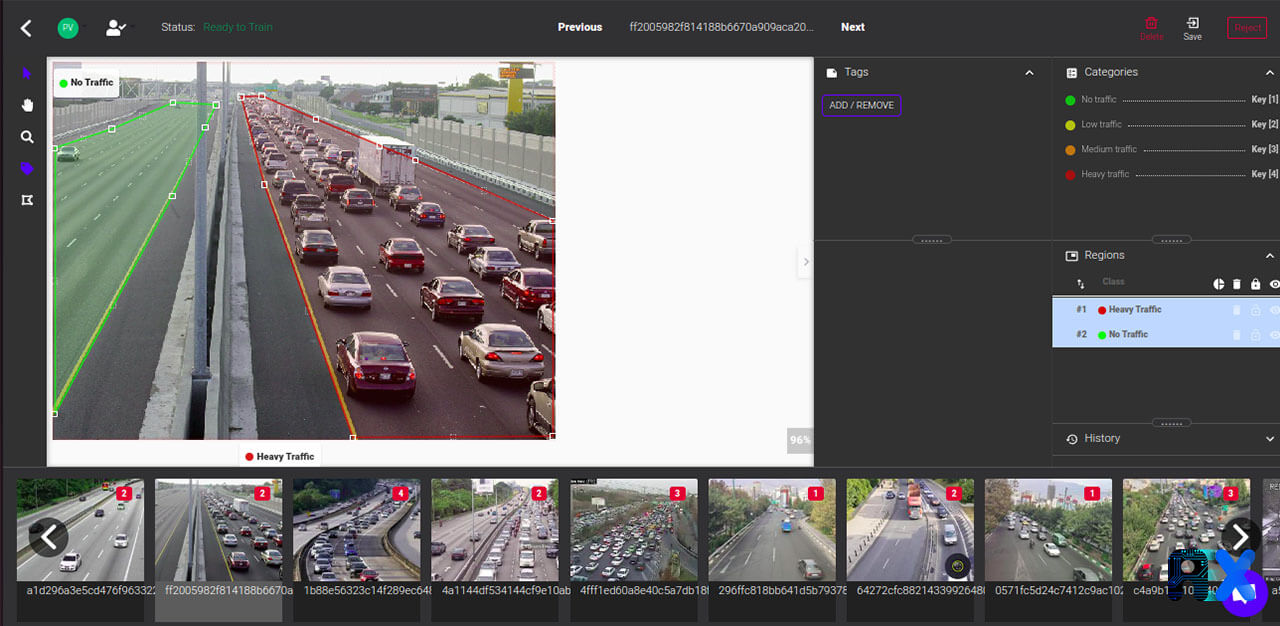
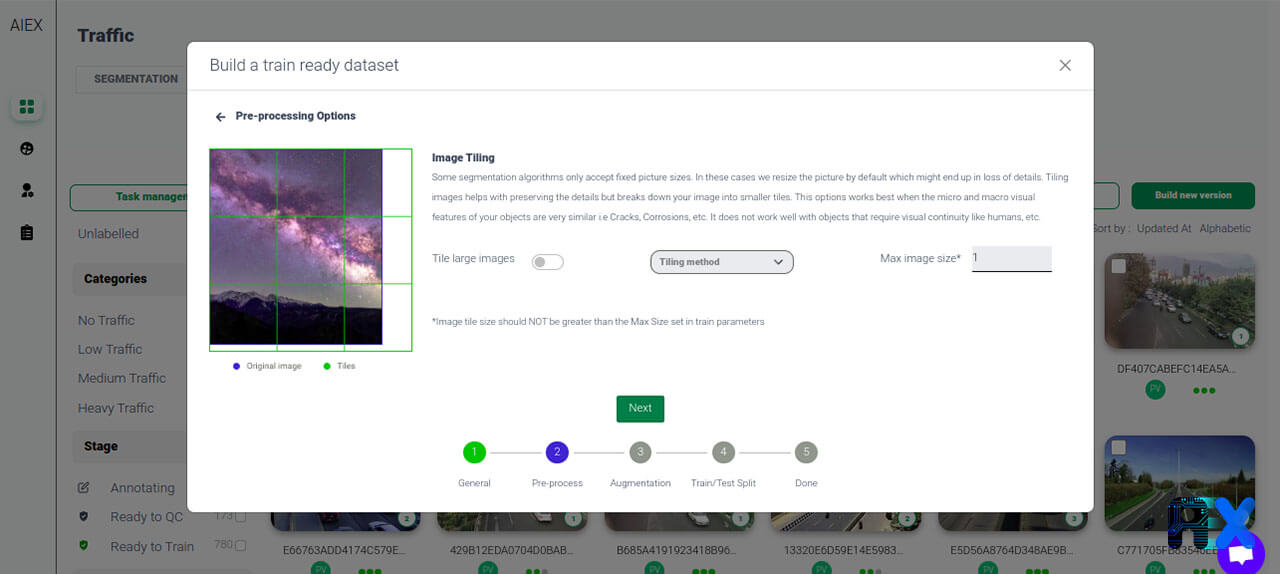


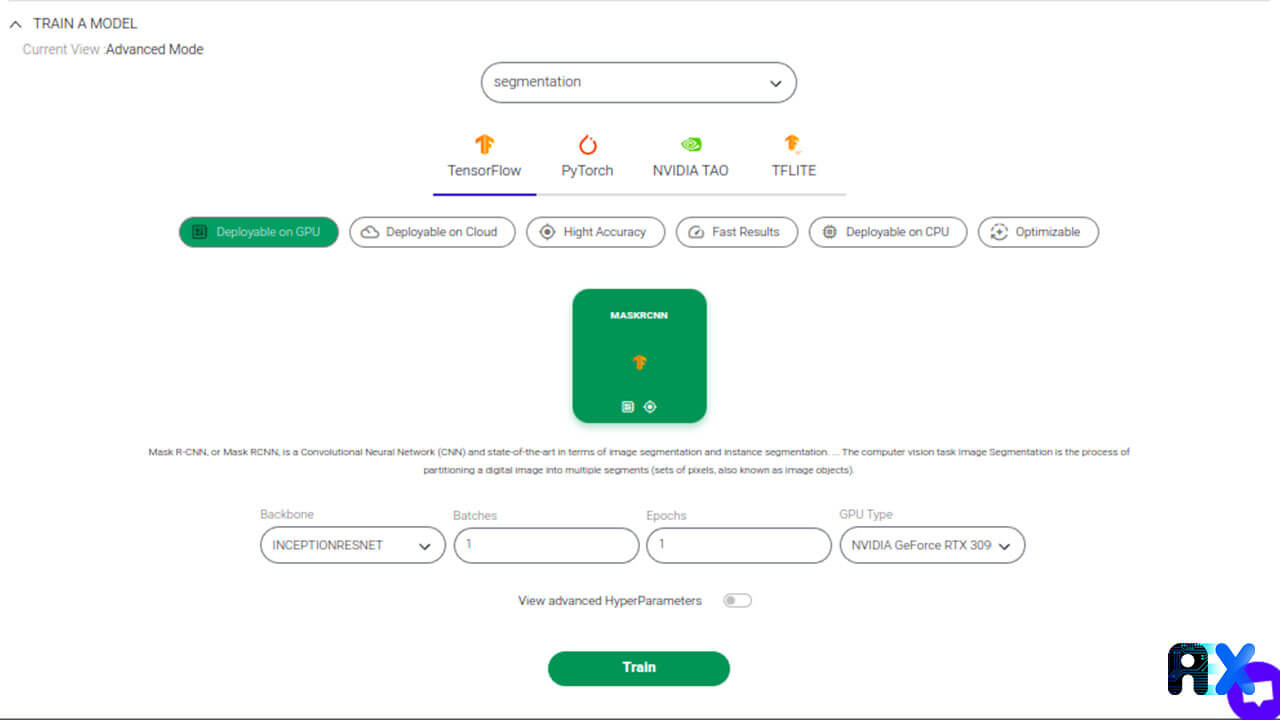
In real-world scenarios, the model should be deployed on edge devices or traffic cameras to monitor real-time traffic intensity.

In conclusion, the integration of the Internet of Things and Artificial Intelligence (AI) technologies has greatly impacted various industries in recent years. One such area of application is urban management, specifically in addressing the ongoing challenge of traffic congestion. In this article, we have discussed the role of AI in solving major traffic problems and reviewed its various applications in traffic management. Through a case study, we have also demonstrated how AI can be used to detect traffic intensity using the AIEX platform. With the continued advancement of these technologies, we can expect to see more innovative solutions in the field of traffic management in the future.
Contact us to find out how AIEX platform can be used for the entire computer vision development life cycle from training to deployment.
You can enter your email address and subscribe to our newsletter and get the latest practical content. You can enter your email address and subscribe to our newsletter.
© 2022 Aiex.ai All Rights Reserved.